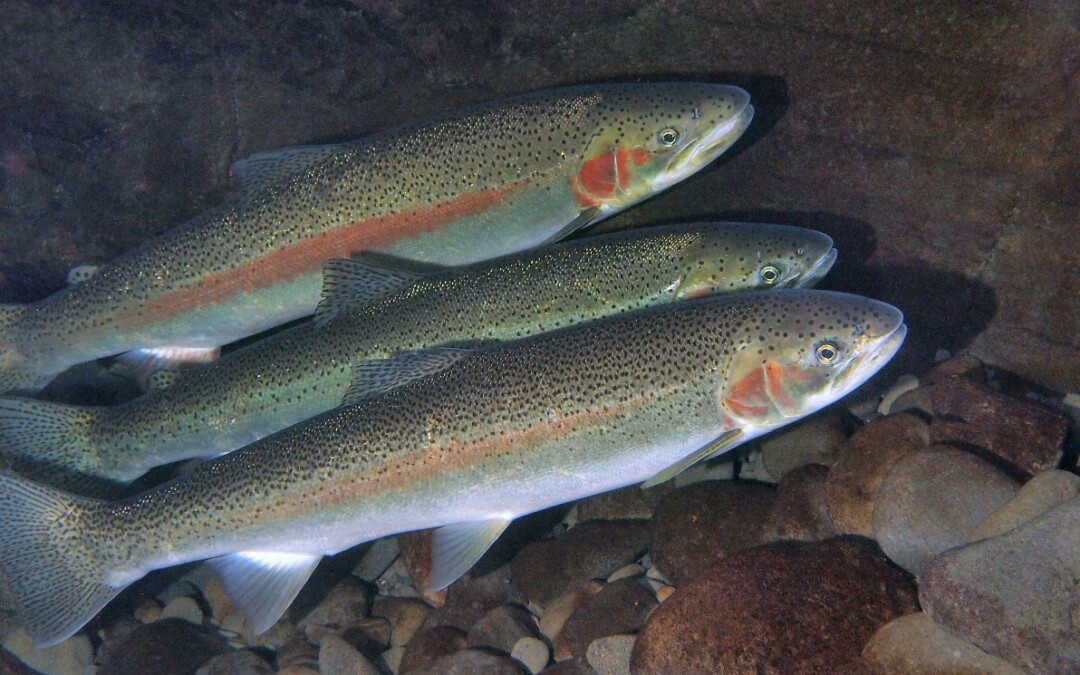October’s wildfires burned almost 30 percent of Sonoma Valley. While occasional fire is largely beneficial to land in its natural state, these huge uncontrolled fires threatened Sonoma Valley’s watershed with toxic ash and debris – an issue we’ve been tackling – as well as with another hazard: large-scale erosion and even mudslides.
By organizing several dozen volunteers, who by themselves put in more than 1,000 hours of work, Sonoma Ecology Center contained 279 burned structures in Sonoma Valley, including 82 percent of our high-priority sites within 100 feet of a steelhead stream. Most of the toxic ash and debris has been removed, but the other threat – of erosion, landslides, sediment pollution, and risk to life and property – will remain for a while longer. In fact, research from other locations suggests erosion danger may peak during the second or third rainy season, when fire-killed roots holding up hillsides have deteriorated but new vegetation has not yet matured.
That means we should be as prepared as possible by winter of next year. And so Sonoma Ecology Center is already mobilizing, using our extensive mapping data to identify burned regions with the steepest slopes, which have the highest potential for erosion. Next we’ll assess those properties and, where needed, use biodegradable erosion control fabric, combined with wattles, to hold the slopes in place. This is followed up with plantings to permanently secure that soil.
Besides stabilizing slopes, we’re advising people who are dealing with burned land. Many are thinking about the best ways to rebuild, because now is a once-in-a-lifetime opportunity to use new methods and technologies – such as solar power, low-water landscaping, rain gardens, and wildlife-friendly fencing – to sit lighter on the land. Through actions like these we can, together, make Sonoma Valley as resilient as it can be.

